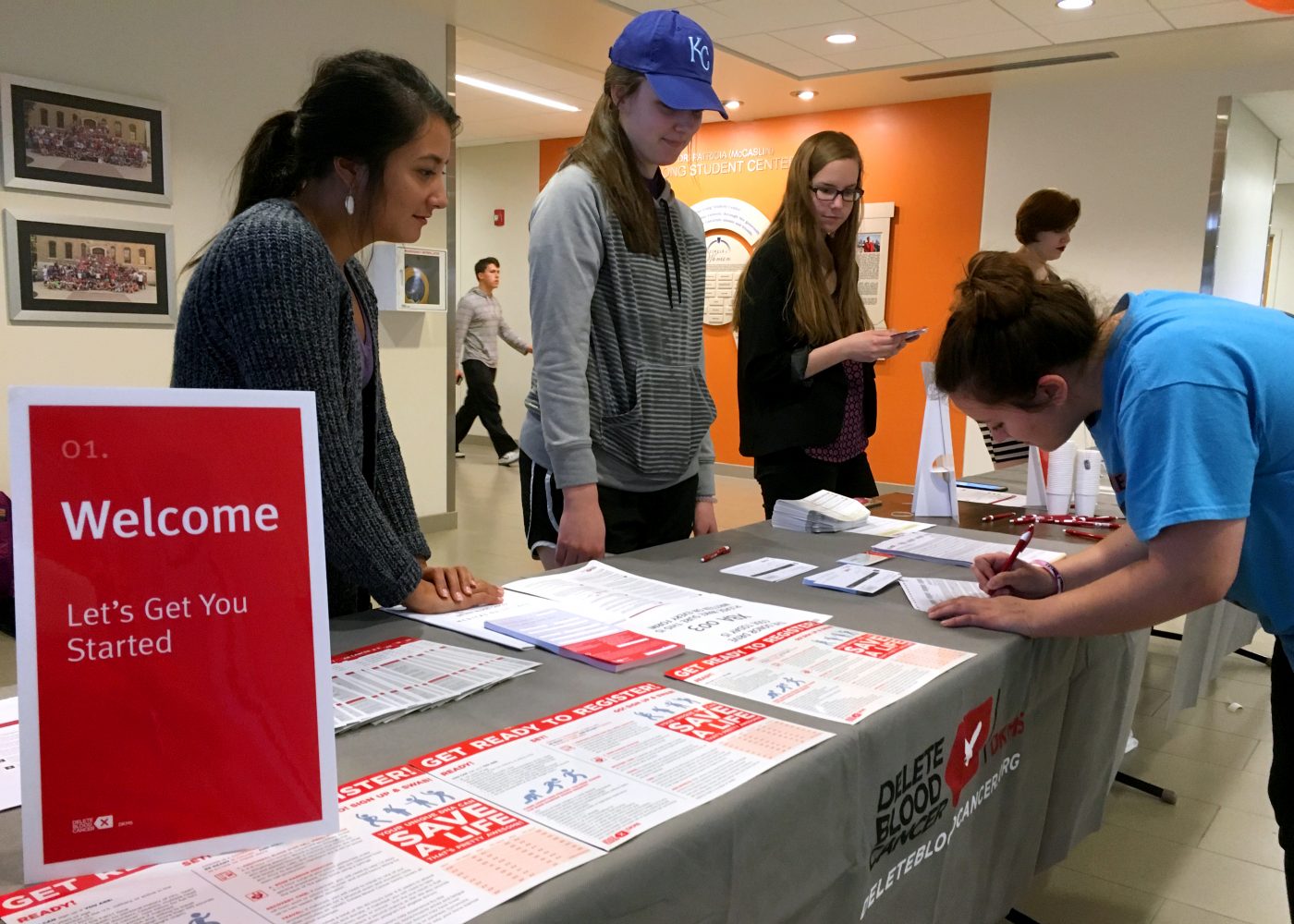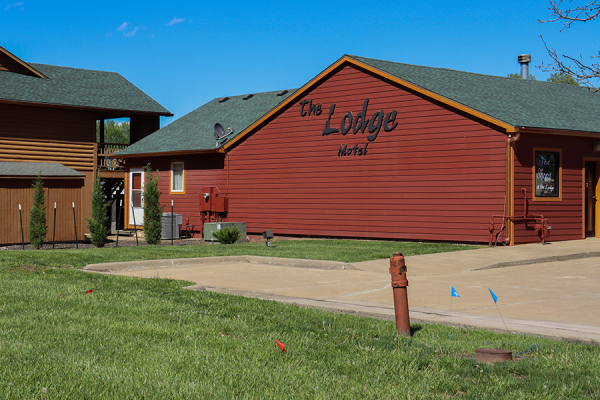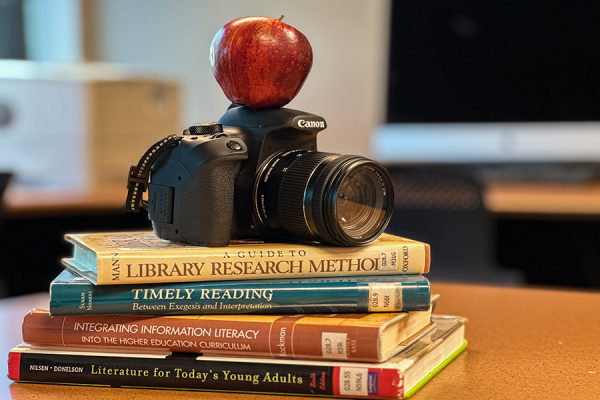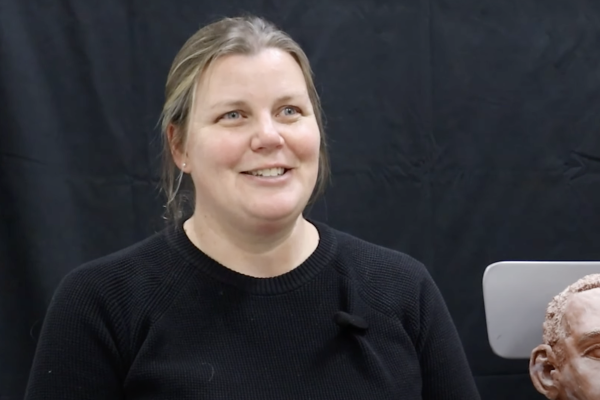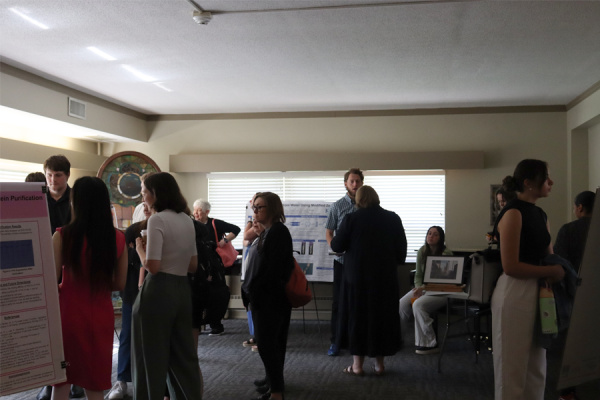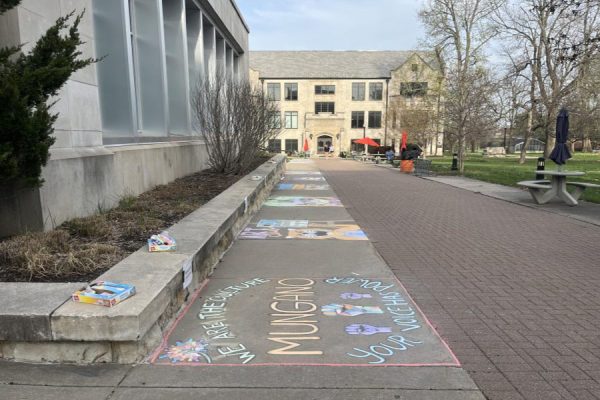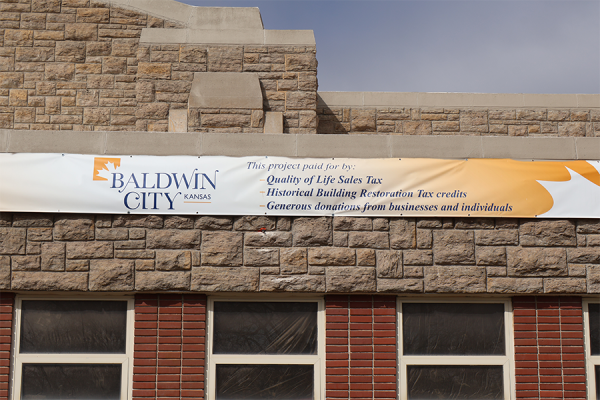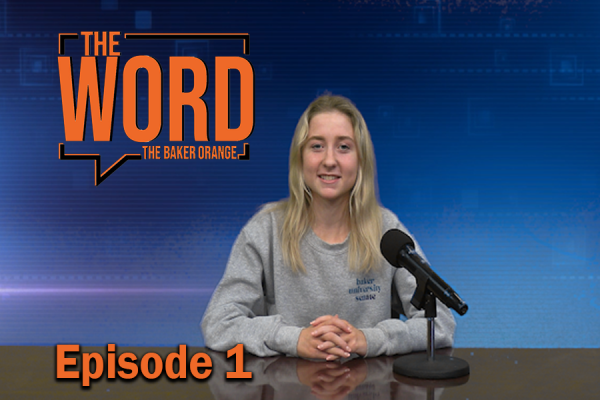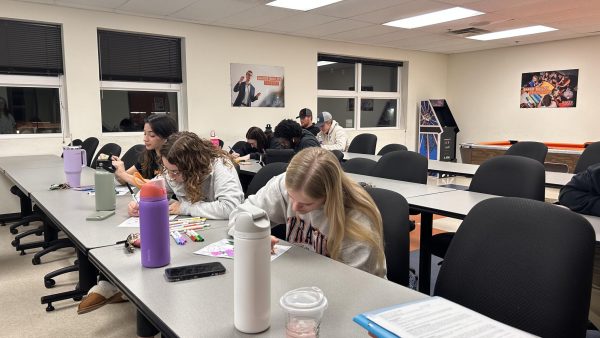Bone marrow drive yields another match
Graduate Assistant Gabby Garrison and freshman Emily Riggs help freshman Kendall Stelting sign up to be a bone marrow donor on March 8 in the Long Student Center. The chance of being a match is rare, but could help save the life of someone battling blood cancer.
Another bone marrow donor match has been found at Baker University. This brings the number to eight matches since Baker started collecting samples four years ago. Due to medical confidentiality, the university does not release the names of potential donors.
According to Director of Student Life Randy Flowers, Baker was initially approached by John Murry, who works to spread awareness, education and involvement in bone marrow donation.
Murry is a grandfather to four boys who all are in need of a near-perfect bone marrow match for a long-term solution to a rare blood disorder. He has now dedicated his life to helping others with cancers of the blood, blood disorders or any medical condition that requires a bone marrow transplant.
According to Murry, there are more than 10,000 people in need of transplants, and 3,000 of them will die within the next year due to no suitable matches.
Over the past five years, Murry and his family have registered 34,496 new potential donors and found more than 900 matches for people in need of bone marrow.
Baker University has now started hosting bone marrow testing for one day each spring semester.
This school year, the testing will be done in March of 2017. The process takes 10 minutes or less. The sample is collected through a mouth swab and anyone who is above the age of 18 and at least 115 pounds is eligible to be tested.
“The sampling process is easy, painless, costless and could potentially save a life,” Flowers said.
However, if a registrant becomes a match with one of the many people on the National Bone Marrow Registry, the process of extracting bone marrow is painful. Murry still urges students to remember that if they are a match, they could save a life.
The testing is done through a nonprofit blood cancer organization that promotes the event and tests samples. Flowers said it costs Baker nothing.
“We just have to provide volunteers and facilitate the drive,” Flowers said.
Flowers said that it only takes one sample, and then your results are in the registry forever. Therefore, unlike blood donation, it only takes one sample, one time.
Flower said a match found last month was from the first bone marrow drive in 2013. Also, he said it is important to remember by offering a sample you are not committing to donating bone marrow.
Murry said that currently only 2 percent of the United States is currently registered. His journey to find more donors will not stop until there is no longer a deficiency of bone marrow.


